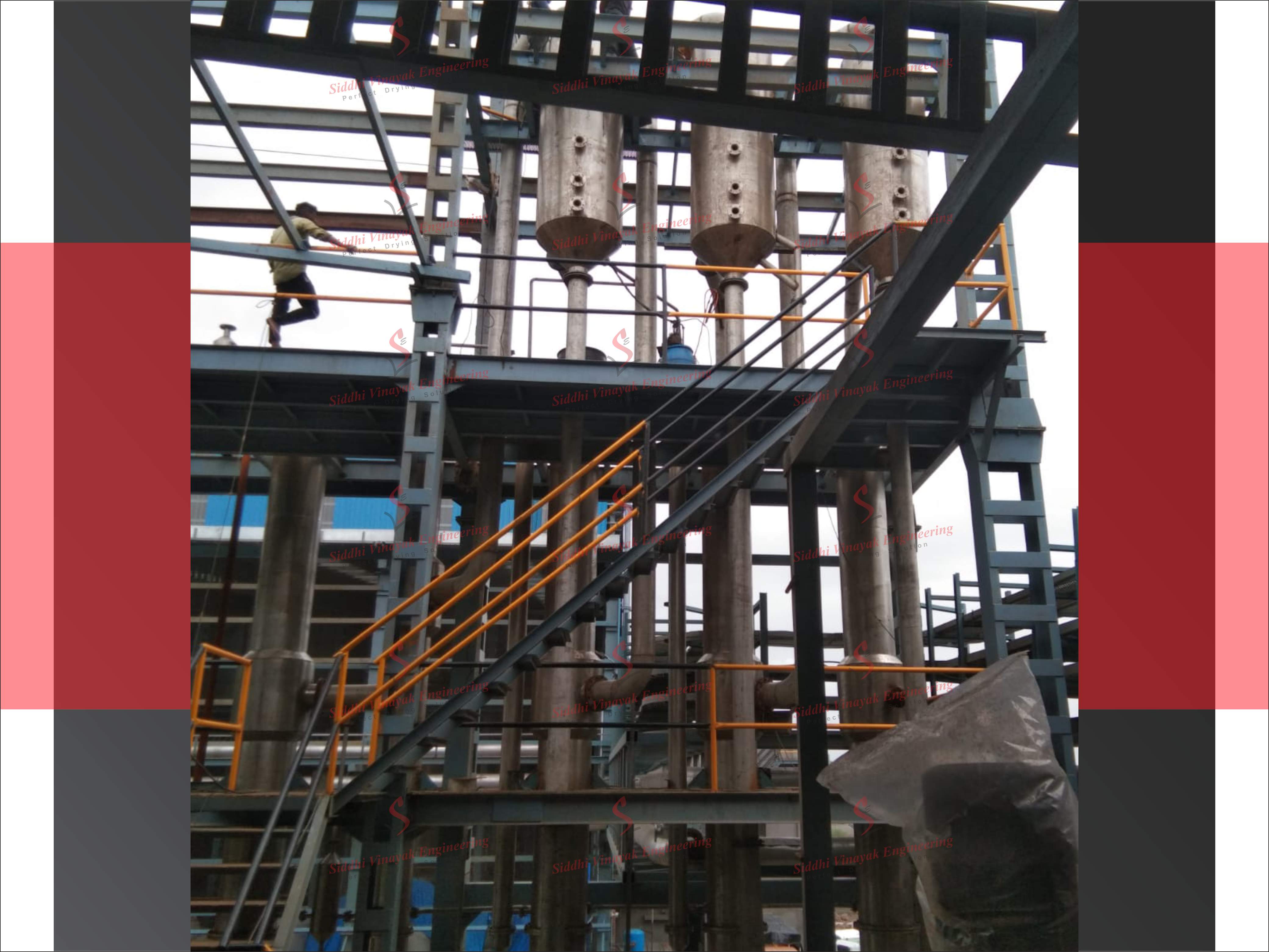
Zero Liquid Discharge System
A Zero Liquid Discharge (ZLD) system is an advanced wastewater treatment approach designed to minimize or completely eliminate liquid waste discharge from an industrial process. The goal of a ZLD system is to recover and reuse as much water as possible from the effluent while concentrating the remaining contaminants into solid waste for proper disposal. ZLD systems are especially crucial in industries where water conservation, environmental regulations, and sustainable practices are of paramount importance.
Product Feature
Here are the key components and principles of a Zero Liquid Discharge system:
1. Pretreatment:
- The effluent from an industrial process often undergoes initial treatment to remove large particles, oils, and other contaminants before entering the ZLD system.
2. Evaporation:
- The treated wastewater is subjected to evaporation processes, such as multiple-effect evaporation, crystallization, or mechanical vapor compression, to remove water content. Evaporation concentrates the dissolved solids, leaving behind a more concentrated brine.
3. Crystallization:
- Crystallization is employed to further concentrate the brine by inducing the formation of solid crystals. The crystals can be separated from the liquid phase, resulting in a more concentrated solution.
4. Solid-Liquid Separation:
- The concentrated brine undergoes solid-liquid separation processes, such as filtration or centrifugation, to separate the remaining solid contaminants from the liquid stream.
5. Brine Treatment:
- The concentrated brine may be treated further using various technologies, such as membrane processes (like reverse osmosis) or ion exchange, to recover additional water and concentrate the remaining contaminants.
6. Water Recovery:
- Water recovered from the various treatment processes is typically high-quality and can often be reused within the industrial facility, thus minimizing the need for fresh water intake.
7. Solid Waste Disposal:
- The separated solid waste, which contains the concentrated contaminants, is disposed of in an environmentally responsible manner, often in landfills or through other appropriate disposal methods.
8. Monitoring and Control:
- ZLD systems are equipped with monitoring and control systems to optimize the efficiency of the treatment processes and ensure compliance with environmental regulations.
Benefits of ZLD Systems:
- Environmental Compliance: Helps industries comply with stringent environmental regulations regarding wastewater discharge.
- Water Conservation: Maximizes water reuse within industrial processes, reducing the demand for fresh water.
- Reduced Environmental Impact: Minimizes the environmental impact of liquid waste discharge.
- Resource Recovery: Allows for the recovery of valuable resources from the wastewater, such as salts or other minerals.
Product Application
Challenges:
- Energy Consumption: ZLD systems can be energy-intensive, particularly during the evaporation process.
- High Capital and Operational Costs: The implementation and operation of ZLD systems can require significant investment.
- Process Complexity: ZLD systems involve multiple treatment stages, making them complex to design and operate.
Despite the challenges, ZLD systems are increasingly adopted by industries as a sustainable solution for wastewater management, especially in water-scarce regions or where regulatory pressures are significant. Advances in technology and ongoing research aim to address the challenges associated with ZLD systems, making them more efficient and cost-effective over time.
Filter Using Product Tags

